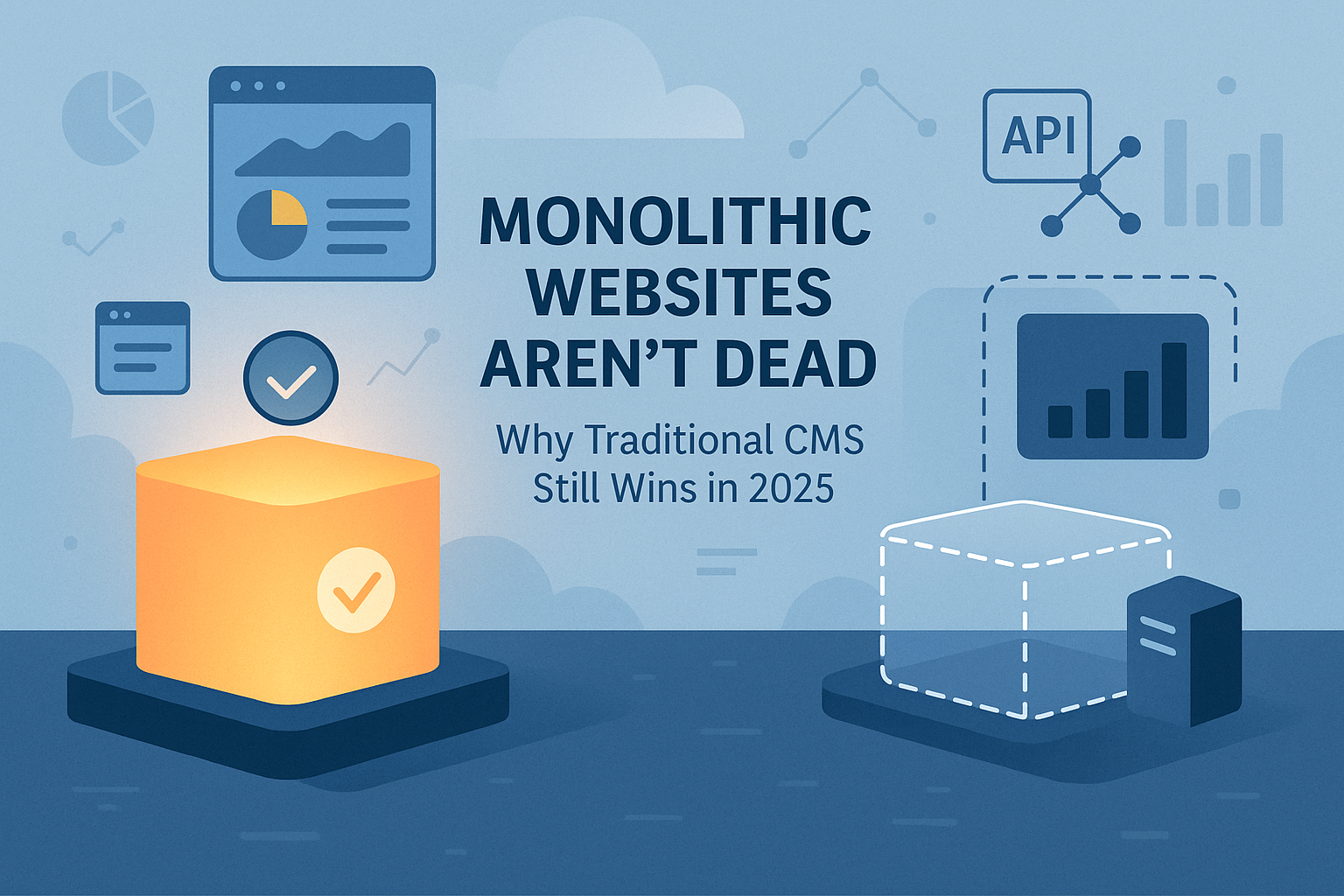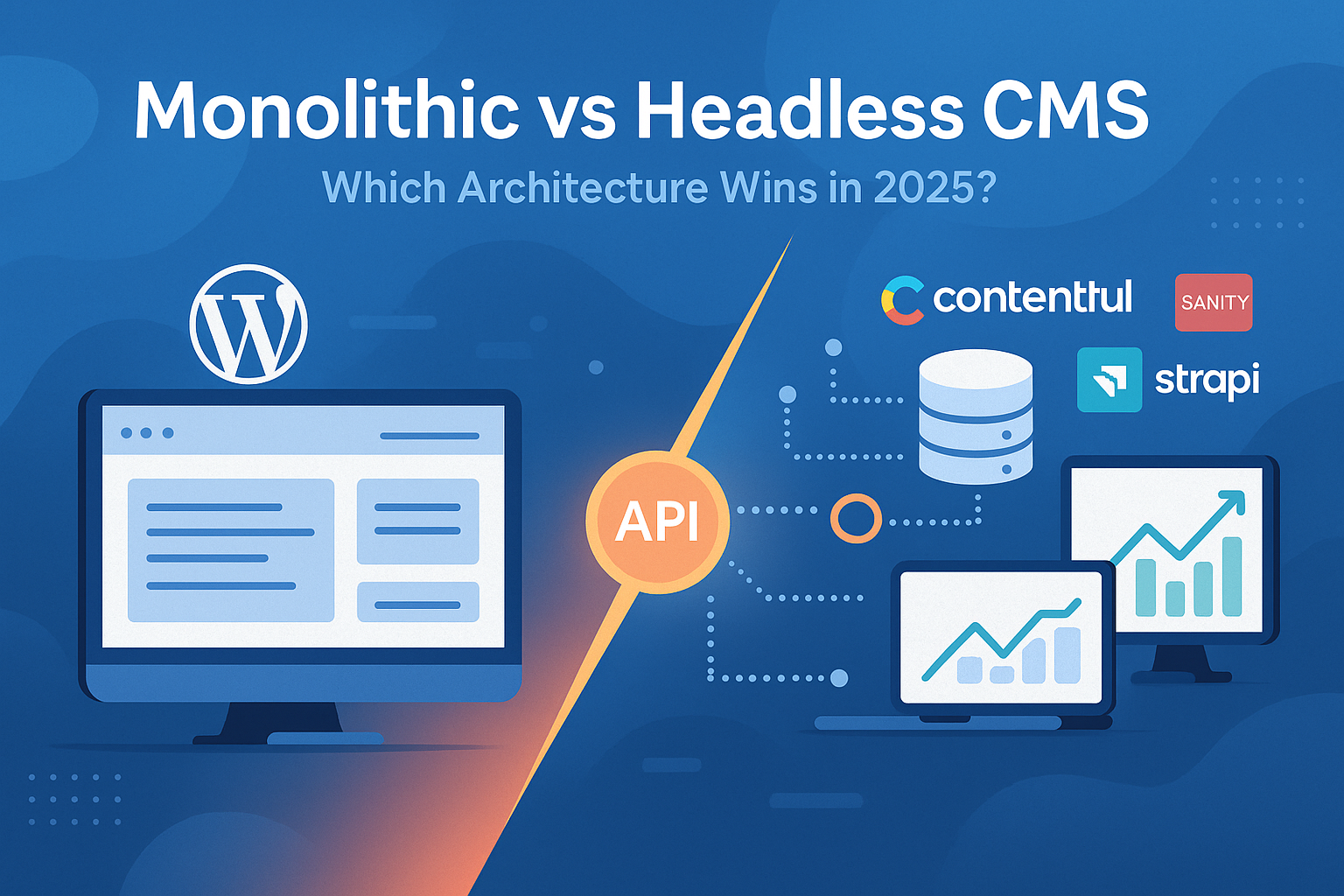For years, SEO felt like a dark art, a collection of tricks to please the mysterious Google algorithm. But what if I told you the most effective SEO strategy in 2025 has almost nothing to do with 'tricks' and everything to do with being helpful and trustworthy?
Many businesses are stuck in an endless loop of chasing algorithm updates, focusing on keyword density and link-building schemes, while their rankings and traffic stagnate. Whether you're managing content marketing or working on website design and development, understanding these new principles is crucial. They are playing a game that has fundamentally changed. Welcome to the New SEO. It's simpler in concept but requires more dedication. It boils down to two things: what you say (your Expertise, Experience, Authoritativeness, and Trustworthiness) and how you say it (your User Experience). This article is your guide to mastering both.
The Trust Signal: Why Google's E-E-A-T is Non-Negotiable
At its heart, modern SEO is about proving your credibility. Google's way of verifying that you are a credible source of information is through a framework called E-E-A-T. It stands for Experience, Expertise, Authoritativeness, and Trust. Think of it as your resume for the internet.
Component | What It Means |
Experience | Do you have first-hand, real-life experience with the topic? |
Expertise | Do you have the necessary knowledge and skill in this field? |
Authoritativeness | Are you a go-to source that others cite and recognize in your industry? |
Trust | Are you reliable, honest, and transparent? (This is the most important part) |
Why does this matter so much? For topics that Google calls "Your Money or Your Life" (YMYL), like finance, health, and safety, E-E-A-T is not just important, it's critical. Google has a responsibility to protect users from harmful misinformation. But even if you're not in a YMYL field, demonstrating your credibility is the key to building a long-term, sustainable relationship with both users and search engines.
The First Impression: How Page Experience Became a Ranking Factor
Even the best, most credible content will fail if the website is frustrating to use. This is where the second pillar of modern SEO comes in: page experience. Google has been very clear about this. As they've stated, "...for many queries, there is lots of helpful and relevant content available. In such cases, having a good page experience can be the main differentiator leading to success in search."
This isn't just a vague concept. It's measured through a set of specific metrics called the Core Web Vitals.
Metric | What It Measures | Good Score |
Largest Contentful Paint (LCP) | Loading Speed: How fast does the main content appear? | Under 2.5 seconds |
Interaction to Next Paint (INP) | Responsiveness: How quickly does the page react to a click? | Under 200ms |
Cumulative Layout Shift (CLS) | Visual Stability: Does the page jump around as it loads? | Under 0.1 |
This isn't just a technical exercise. It has a real business impact. The Economic Times reduced bounce rates by 43% just by improving these metrics. A better user experience keeps people on your site longer and makes them more likely to convert.
How Do You Stack Up? A 5-Step Audit for the New SEO
So, how does your site measure up in this new era of SEO? Here is a practical, actionable checklist that you can perform yourself.
The Content Test: Ask yourself the questions from Google's quality guidelines. "Does my content provide original information? Is it a substantial and complete description of the topic? Is this a page I would bookmark or share?"
The Expertise Test: "If a stranger landed on your blog, could they easily figure out who wrote it and why they are qualified to talk about the subject?" Make sure your author bios are detailed and your "About Us" page is easy to find.
The Speed Test: "Go to Google's PageSpeed Insights and enter your homepage. What are your Core Web Vitals scores? Be honest."
The Mobile Test: "Pull up your website on your phone. Don't just glance at it, try to complete a key task. Is it easy, or is it frustrating?"
The Frustration Test: "Forget the metrics for a second. Navigate your own site as if you were a customer. Are there annoying pop-ups? Is the navigation confusing? Is anything broken?"
It's About People, Not Just Bots
The New SEO is about being the best answer, presented in the best way. It's about recapping the two pillars: E-E-A-T (be credible) and UX (be usable). Forget the metrics for a second. Stop chasing algorithms and start serving users. When you make your website a genuinely helpful and trustworthy resource, your rankings will follow. If you need help with your SEO strategy, our team is here to help.
Coming Up Next: Now that you understand the foundational principles of modern SEO, we can explore the new frontiers of search. In our next article, we'll tackle a trend that's changing how we interact with technology itself: voice search. Is your business ready for the audio revolution?


